PDF-C BASNET SELECTION OF DISPATCHING RULES IJSSST Vol
Author : stefany-barnette | Published Date : 2015-01-15
BASNET SELECTION OF DISPATCHING RULES IJSSST Vol 10 No 6 ISSN 1473804x online 14738031 print 40 Selection of Dispatching Rules in Simu lationBased Scheduling of
Presentation Embed Code
Download Presentation
Download Presentation The PPT/PDF document "C BASNET SELECTION OF DISPATCHING RULES ..." is the property of its rightful owner. Permission is granted to download and print the materials on this website for personal, non-commercial use only, and to display it on your personal computer provided you do not modify the materials and that you retain all copyright notices contained in the materials. By downloading content from our website, you accept the terms of this agreement.
C BASNET SELECTION OF DISPATCHING RULES IJSSST Vol: Transcript
Download Rules Of Document
"C BASNET SELECTION OF DISPATCHING RULES IJSSST Vol"The content belongs to its owner. You may download and print it for personal use, without modification, and keep all copyright notices. By downloading, you agree to these terms.
Related Documents

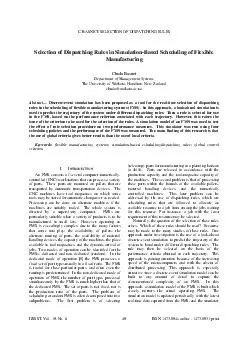
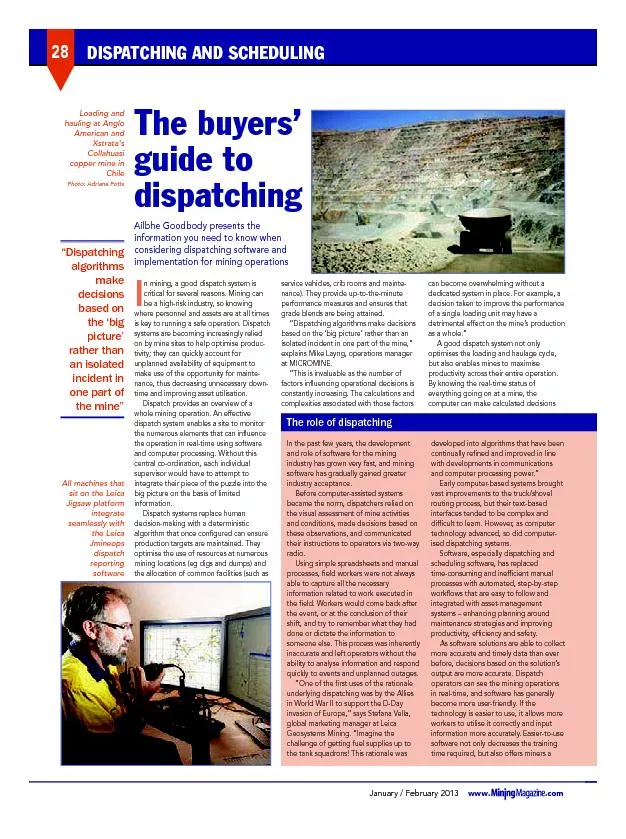
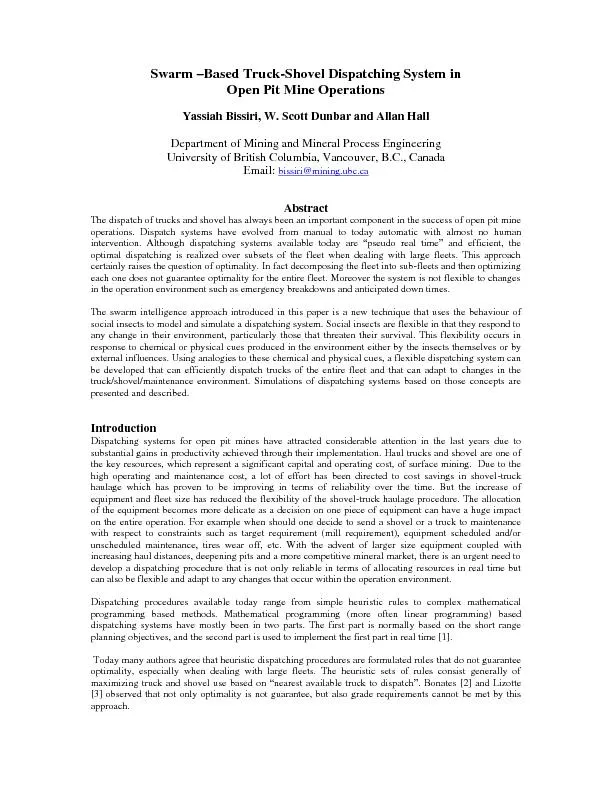
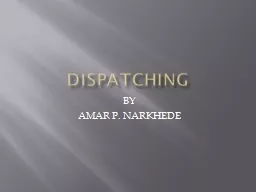
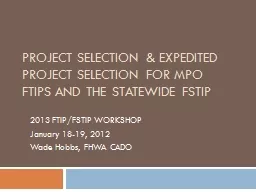
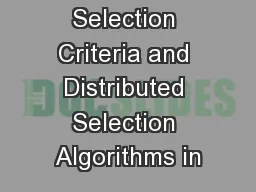


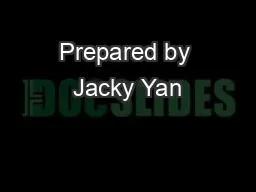
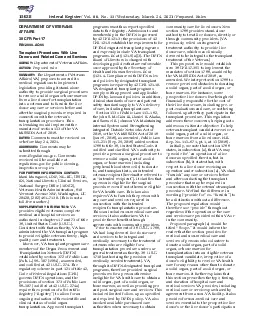
![[EPUB] - In-Depth Police Dispatching: Second Edition](https://thumbs.docslides.com/902794/epub-in-depth-police-dispatching-second-edition.jpg)

![[EBOOK] In-Depth Police Dispatching](https://thumbs.docslides.com/1003976/ebook-in-depth-police-dispatching.jpg)
